Electric Vehicles in 2025
The future of transportation is changing rapidly, and electric vehicles (EVs) are at the forefront of it. Electric Vehicles in 2025, EVs will be more advanced, affordable, and accessible than ever before. As governments and automakers push for greener solutions, electric cars are becoming the first choice for many consumers.
Why are electric vehicles the future?
Electric vehicles in 2025 offer many benefits that make them the preferred choice over traditional gas-powered cars. Here are some key reasons why EVs are shaping the future of transportation:
- Environmental benefits – EVs produce zero emissions, reducing pollution and carbon footprint.
- Lower operating costs – Electricity is cheaper than gasoline, and maintenance costs are lower due to fewer moving parts.
- Government incentives – Many countries offer tax credits, rebates, and subsidies to promote EV adoption.
- Better technology – Advances in battery technology are increasing range and reducing charging times.
- Sustainability – EVs support the shift towards renewable energy sources, reducing dependence on fossil fuels.
Advances in Electric Vehicles in 2025
By 2025, EV technology will have advanced significantly. Here are some of the key developments:
1. Longer Battery Range
Battery technology is improving, allowing EVs to travel more than 500 miles on a single charge. Solid-state batteries are expected to replace lithium-ion batteries, providing higher efficiency and faster charging.
2. Faster Charging Infrastructure
Ultra-fast charging stations are becoming common. Many new EVs will be able to charge up to 80% in less than 15 minutes, making long-distance travel easier.
3. More Affordable Models
Automakers are introducing budget-friendly EVs with competitive pricing. As battery costs come down, EVs will be more accessible to the general public.
4. Improved autonomous driving
Self-driving technology is advancing, and many EVs will feature advanced driver-assistance systems (ADAS) for improved safety and convenience.
5. Increased adoption of renewable energy
Solar and wind-powered charging stations will become more widespread, making EVs even more sustainable.
Top electric vehicle models to watch in 2025
Many automakers are launching impressive Electric Vehicles in 2025. Here are some of the top choices:
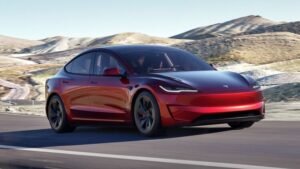
Tesla Model 3 (updated version) – Improved battery efficiency and better self-driving features.
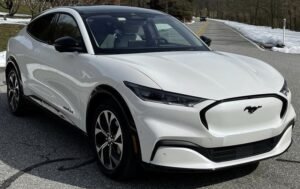
Ford Mustang Mach-E 2025 – Sporty design with extended range and faster charging.
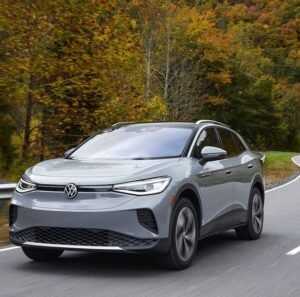
Volkswagen ID.4 2025 – Affordable, high-performance EV with smart connectivity features.
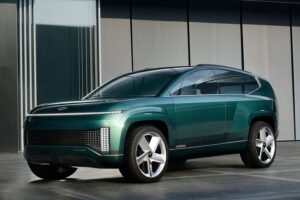
Hyundai Ioniq 7 – Spacious electric SUV with advanced autonomous capabilities.
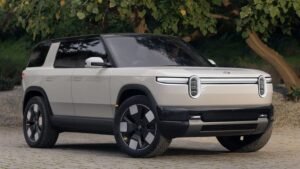
Rivian R2 – a rugged electric truck built for adventure and off-road performance.
Challenges facing electric vehicles in 2025
Despite the rapid progress, some challenges still need to be addressed:
- Charging infrastructure – More charging stations are needed for widespread adoption.
- Battery recycling – Efficient recycling methods must be developed to handle old EV batteries.
- Initial cost – Although prices are falling, some EVs remain more expensive than gas-powered cars.
- Grid capacity – Electricity grids must be upgraded to handle the growing demand for EVs.
Electric vehicles in 2025 are changing the future of transportation. With longer range, faster charging, and lower costs, EVs will soon dominate the automotive industry. Governments, automakers, and consumers must work together to overcome challenges and accelerate the transition to a cleaner and greener world.
Also Read :-
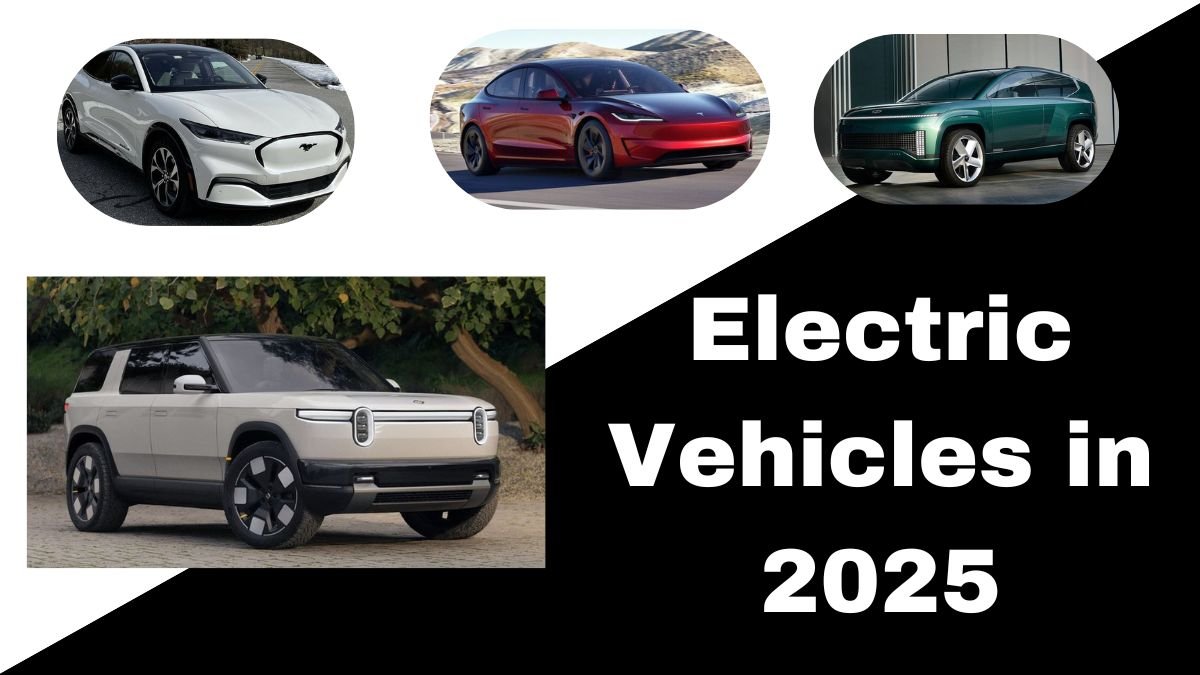

3 thoughts on “Electric Vehicles in 2025”